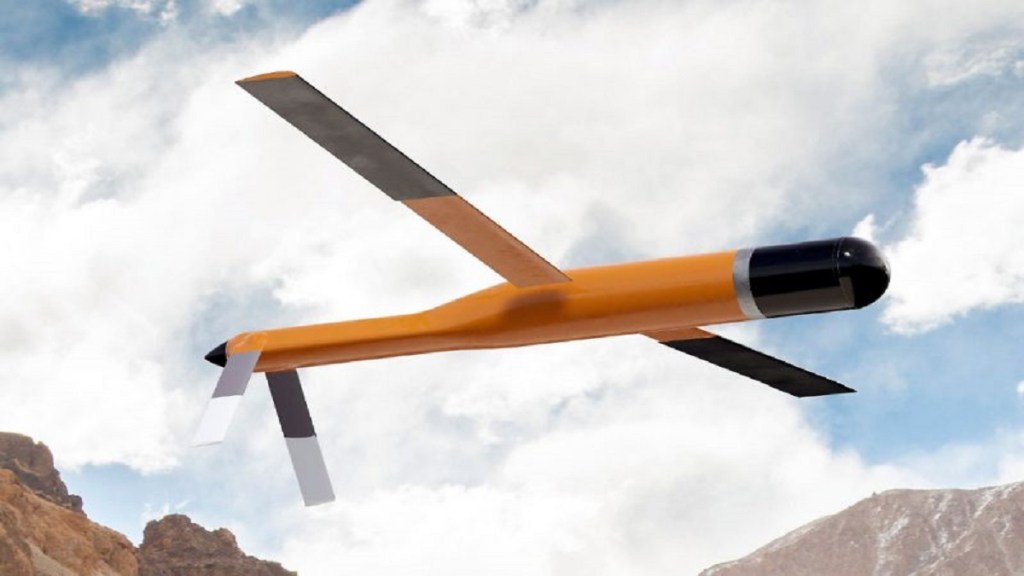The critical role that drones can play on the battlefield is much to see everywhere. However, that poses greater challenges for countering attack drones, especially against one-way drones.
One-way attack drones are defined as unmanned aircraft systems that are preprogrammed to fly. Once programmed to a certain task, this type of drone cannot be controlled by an operator once launched.
To address the drone threat which is challenging and also rapidly evolving, global defence entities are investing in the counter- UAVs capabilities.
The war in Ukraine has already demonstrated ample relevance and effectiveness of attack drones.
Among the advanced militaries, the US is testing new ways to counter UAVs due to the growing threat of one-way attack drones and the experience of the war in Ukraine.
US-based defence entity, Lockheed Martin is developing a key Counter-Unmanned Aerial System capability –Mobile Radio Frequency-Integrated UAS Suppressor (MORFIUS).
Basically, MORFIUS is a reusable, multi-engagement, loitering, tube-launched interceptor equipped with an onboard seeker and a compact, high-power microwave effector to execute non-kinetic defeat of drones – including complex swarms
Lockheed showed one high-power microwave system High Power Microwave (HPM) system which is a tube-launched. During the the demonstration, it proved its capability.
Besides Lockheed, similar C-UAVs are under development—the Lightweight Multi-role Missile (LMM) by Thales and the Advanced Precision Kill Weapon System (APKWS) by BAE Systems.
India’s approach to Counter-UAVs
The main task of C-UAVs from the military perspective is the deployment across the vast stretch where the conventional air defence mechanism would be difficult. The C-UAV could be the most effective kill–soft kill option.
The Indian armed forces have signed contracts for procuring C-UAV systems. The Indian Air Force (IAF) has concluded a deal with private players for anti-drone platforms. The Indian navy has also inked a contract with Bharat Electronics Limited (BEL) for an indigenous Naval Anti Drone System (NADS).
Counter Drone Systems can detect, track and identify airborne drones using multiple sensors for the intended operation (soft kill) and/ or destroy them (hard kill).
While the detection and identification can be done using radars and electro-optic sensors and COMINT the hard kill takes place with the help of Laser Directed Energy Weapon (DEW).
The latest report indicates the development of C-UCAV based on high-power microwaves. The U-CAV once inducted will be deployed in the border states of India.
Largely this kind of drone features a maximum gross take-off weight of less than 1,320 pounds.

